Hoban Art Centre: Circular Basis at a Tricky New Spot
First Impressions at the New Location
Recently, I decided to check out Hoban Art Centre’s first exhibition since relocating, and honestly, I was excited to see what the new place had to offer. Hoban Art Centre is known for putting on thoughtful shows, so I had high hopes walking in. The new spot was fresh, bright, and welcoming—definitely a positive first impression.












Exploring the Exhibition: An Eclectic Mix
The exhibition itself featured a diverse range of contemporary paintings and sculptures by several Korean and international artists, each piece distinctively unique. What I enjoyed most was how the artworks covered a broad spectrum—from bold and vivid abstract canvases bursting with energy, to minimalist sculptures that played beautifully with form, light, and space.
A few works really stood out. There was an intriguing series of abstract paintings that experimented with texture and vibrant, contrasting colours, making me pause and stare longer than usual. The sculptural pieces also caught my eye, particularly one installation that cleverly combined metal and translucent materials, playing with reflections and shadows—this created an almost interactive experience as you moved around it. It was genuinely fun discovering such varied artistic expressions gathered together under one roof.
The show managed to strike a perfect balance—accessible enough for casual viewers to enjoy, yet offering depth for anyone who wanted to delve deeper into contemporary themes. It felt fresh and dynamic, definitely worthy of Hoban Art Centre’s reputation.
Navigating the New Spot: A Little Challenging
However, there was one downside—actually getting to the new venue wasn’t exactly straightforward. It’s tucked away in an area that's slightly complicated to navigate, especially if you’re not familiar with the neighbourhood. On top of that, parking options were limited, making it a bit inconvenient if you decide to drive there. It’s nothing major, but definitely something to keep in mind.
Final Thoughts: Worth the Effort
Despite the minor inconvenience of location and parking, Hoban Art Centre’s new exhibition was still well worth the visit. The diverse artworks provided plenty of visual excitement and left me eager to see what they'll exhibit next. Just plan ahead for the travel logistics—and trust me, you'll enjoy the art.
Art crawl at Jongro Pt.2 Art SJ Centre; Ha Chong-Hyun 5975
My art exploration continued and brought me to Art SJ Center, next to MMCA, where I visited an exhibition by Ha Chong Hyun. If you follow Korean contemporary art, you’ll know Ha Chong Hyun as one of the giants of the Dansaekhwa (Korean monochrome painting) movement. He's famous for his distinctively textured paintings, especially his unique technique of pushing thick layers of paint through coarse burlap. However, what stood out most about this particular exhibition was that it featured works that aren't typically highlighted, offering a rare opportunity to see how Ha’s iconic style developed.
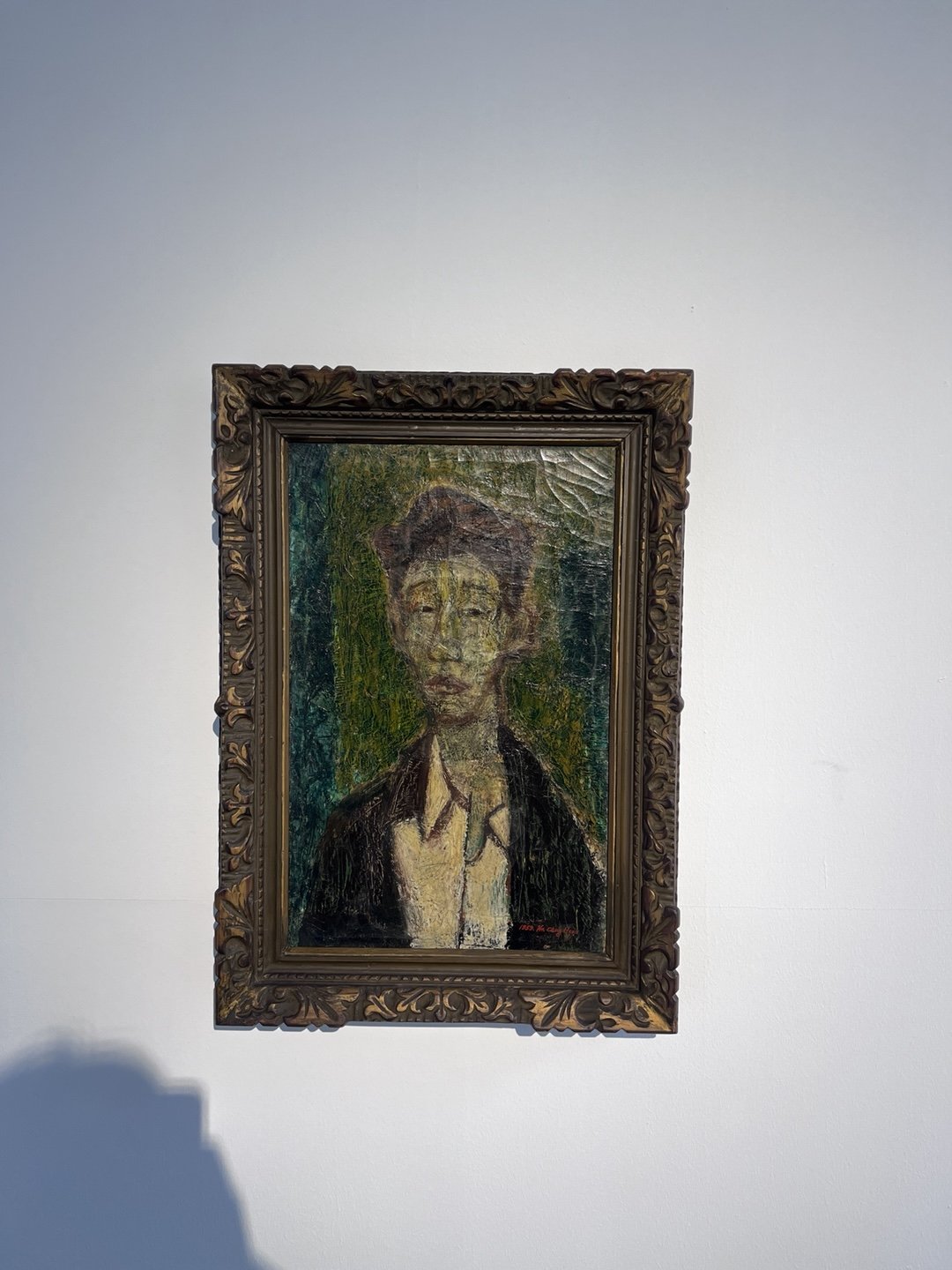







Behind the Scenes of Artistic Growth
Walking through the exhibition, I felt like I was getting a special behind-the-scenes look at Ha's creative process. The pieces on display traced his artistic evolution, revealing stages of experimentation and subtle shifts before he fully settled into his now-celebrated method. It was like watching an artist find his voice, each piece acting as a stepping stone towards the bold confidence we associate with him today. The experience felt personal—like uncovering secret sketches from an artist's private notebook.
A Missed Opportunity: Space Constraints
Despite the joy of discovering these lesser-known gems, there was one significant downside: the space itself. For an artist of Ha Chong Hyun's stature, Art SJ Center felt noticeably small and cramped. It left me wishing there had been more works on display and more room to fully absorb their impact. A larger exhibition space could have better conveyed the breadth of Ha’s impressive career and allowed the artworks the breathing room they truly deserved.
Final Thoughts: Small Yet Insightful
Yet, even with the limited space, this exhibition successfully showcased the quieter, often overlooked side of Ha Chong Hyun’s artistic journey. It deepened my appreciation of his work by revealing how meticulous experimentation and creative exploration ultimately led to his iconic style. This intimate look reinforced the idea that great art isn’t just about the final masterpiece—it’s equally about the process behind it.
Would I recommend visiting? Absolutely—especially if you're familiar with Ha Chong Hyun and interested in exploring the subtleties behind his artistic evolution. Just keep in mind the scale is modest, but the insights you'll gain are definitely worthwhile.
Stay tuned—more art adventures coming soon!
Art crawl at Jongro Pt.1 MMCA Seoul: Lee Kang-so’s "Where the Wind Meets the Water"


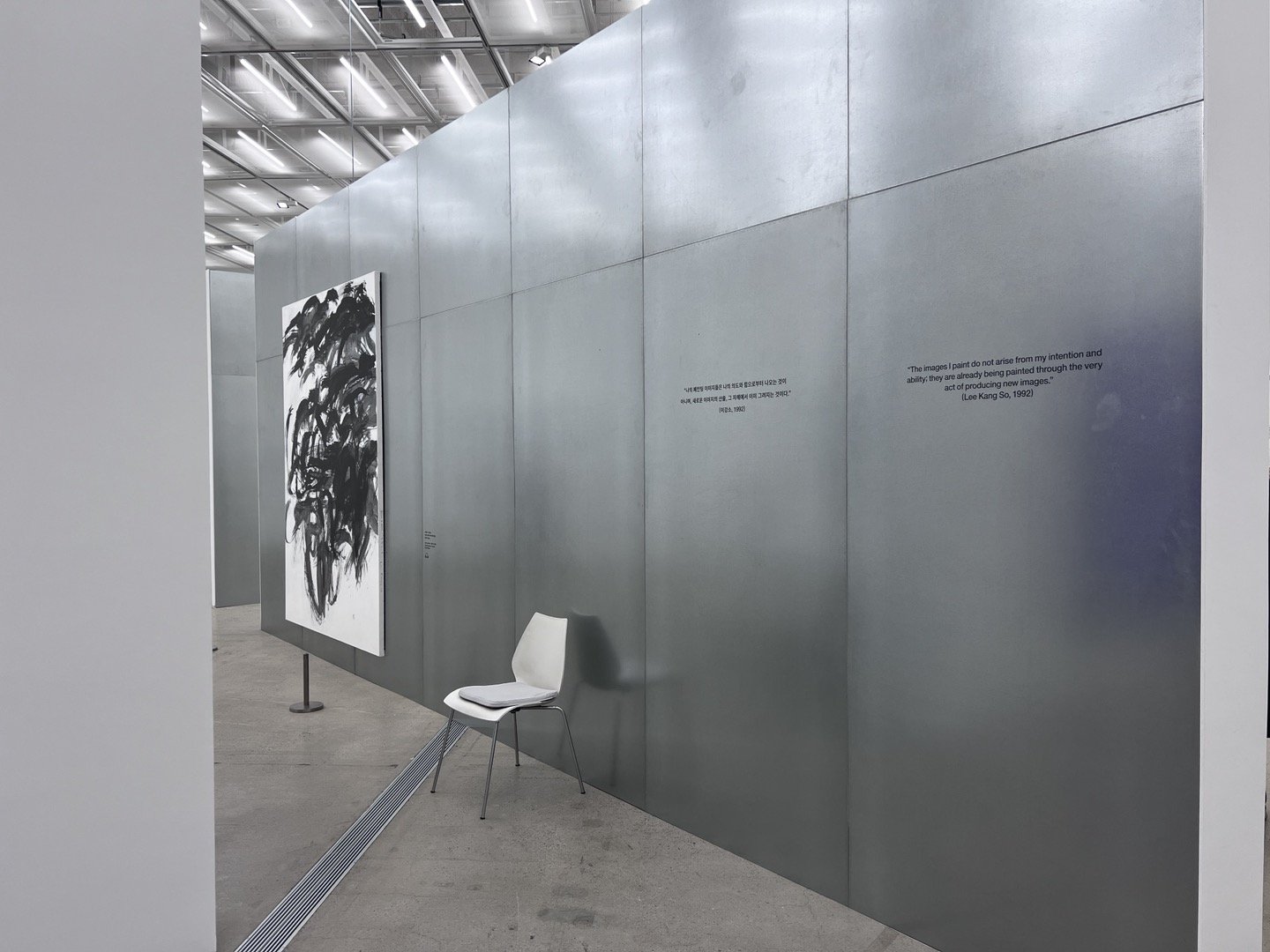
After spending a few days exploring galleries around Seoul, my next stop was the National Museum of Modern and Contemporary Art (MMCA) for Lee Kang-so’s exhibition, Where the Wind Meets the Water. The title itself set the mood perfectly—poetic, quiet, and slightly mysterious.
What stood out immediately for me was how the exhibition emphasized Lee’s core belief: art is meant to be felt and interpreted freely. I couldn’t agree more. Of course, reading an artist’s explanation can deepen your understanding, but there’s something genuinely special about approaching art without any preconceived ideas. After all, isn’t art supposed to speak differently to each person?
Lee Kang-so: Between Reality and Imagination
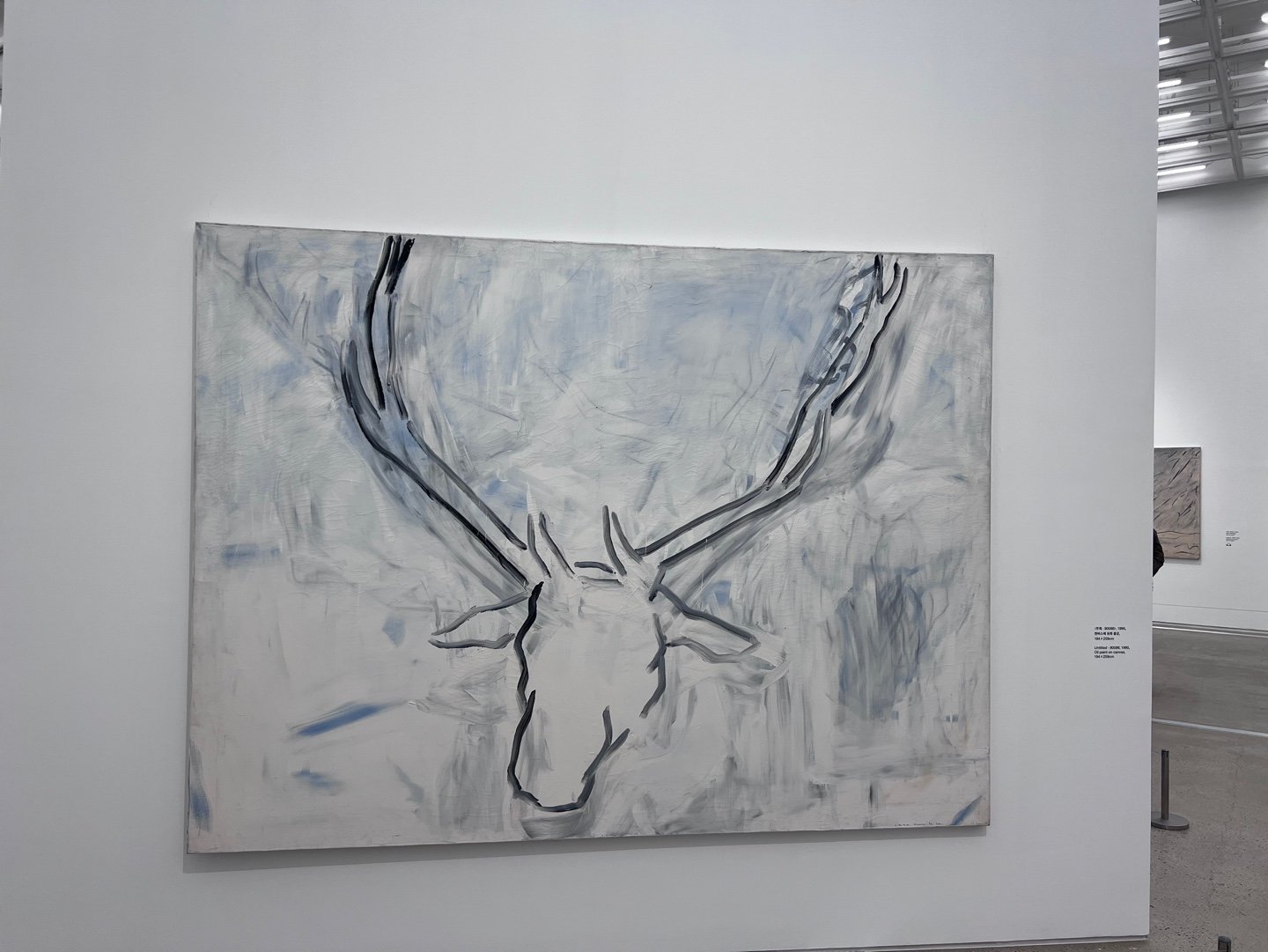


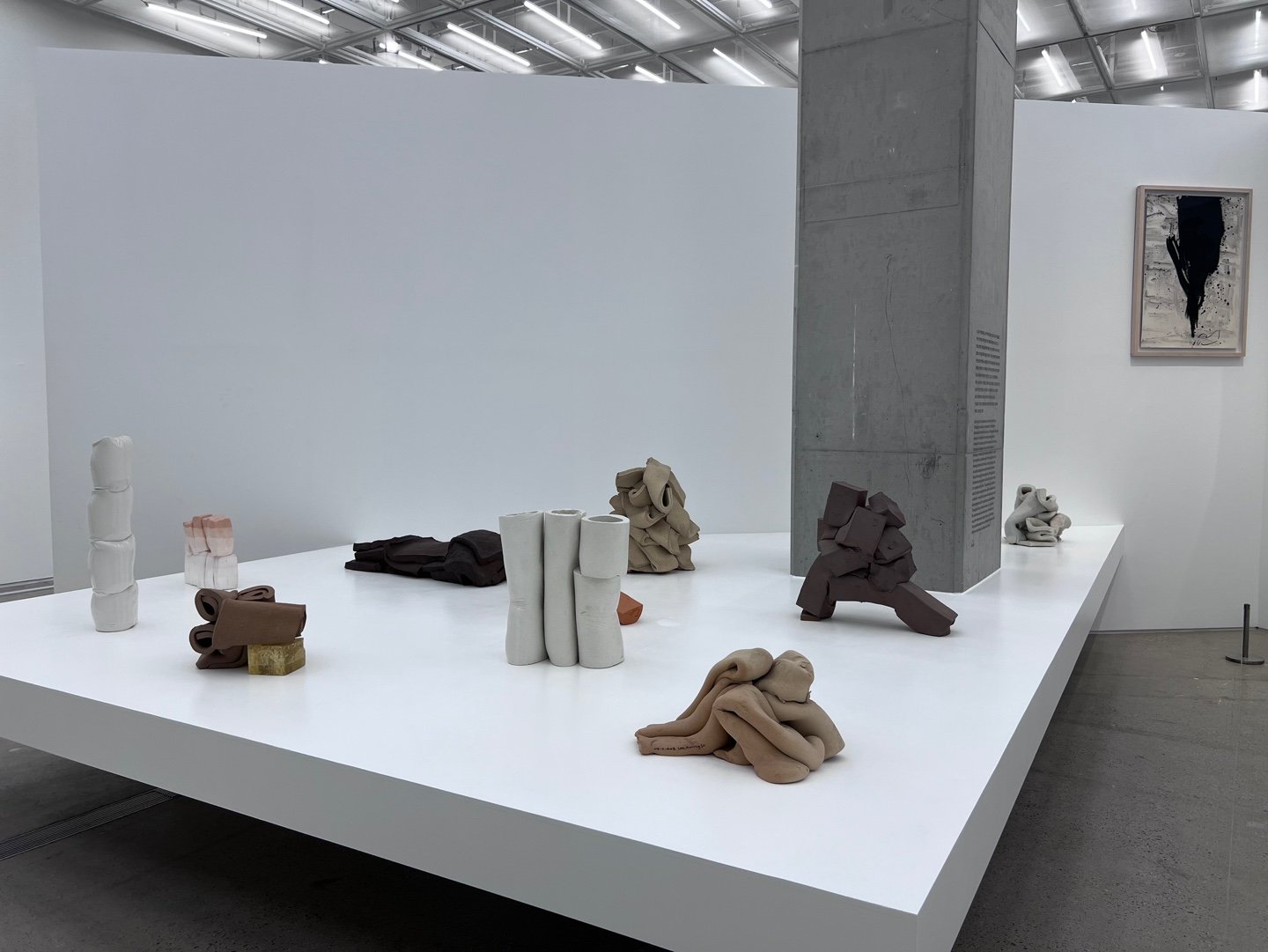
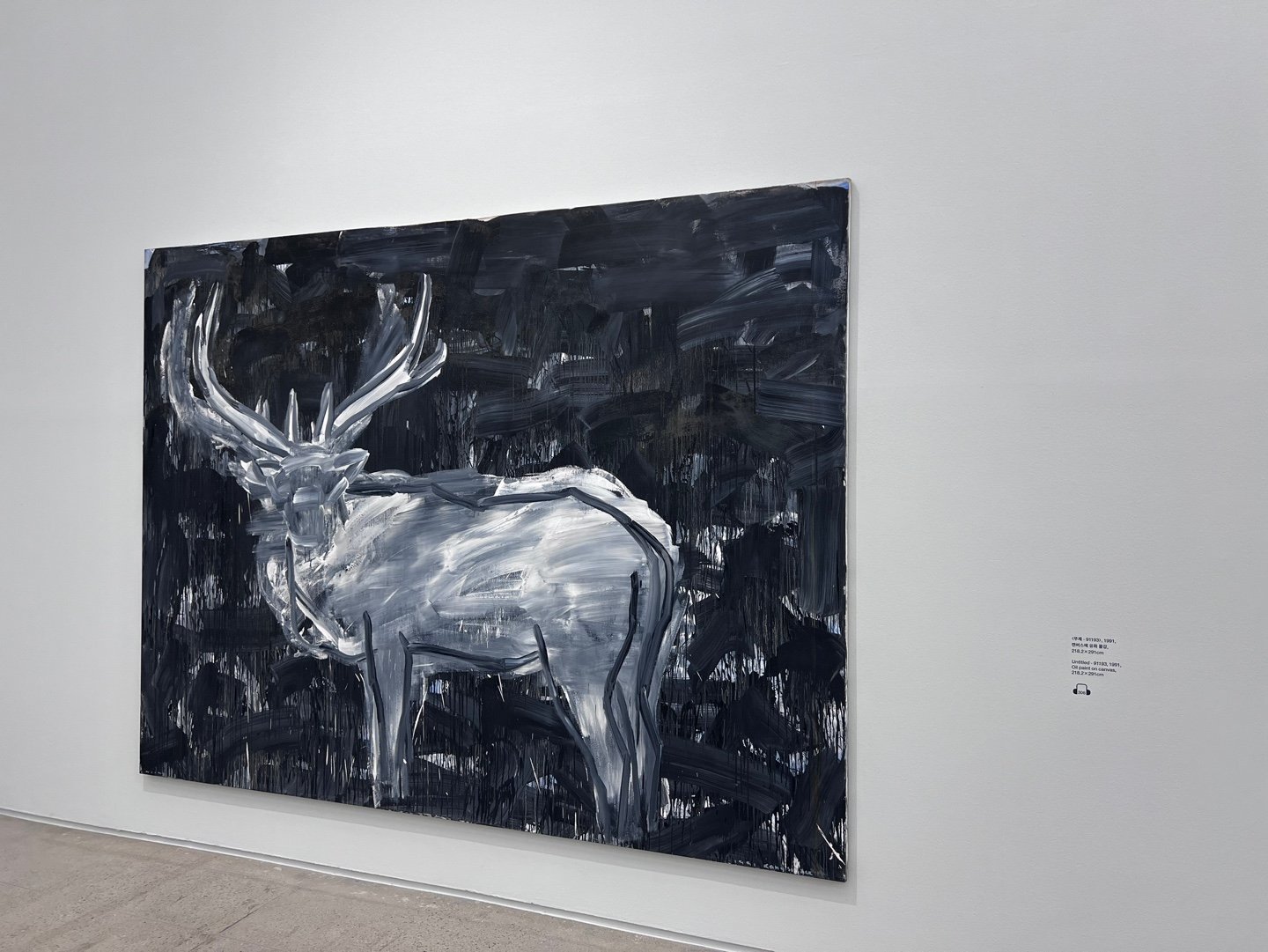

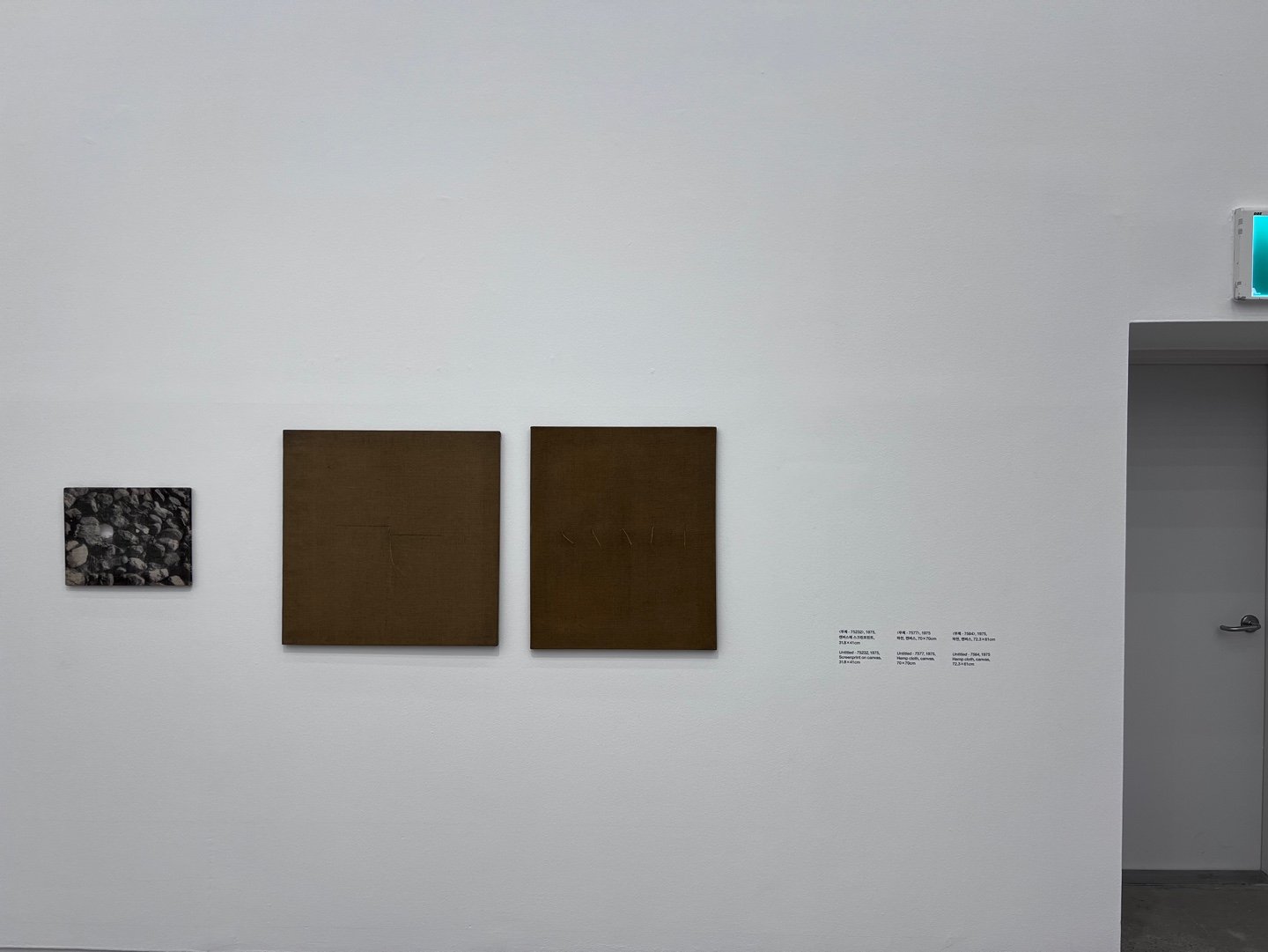
Lee’s paintings are fascinating, to say the least. I particularly loved his works featuring reindeer and ducks, subtly mixed with simple houses and nature. His paintings didn’t just capture my eyes; they genuinely made me pause and think, “Wow.” There’s an almost magical quality to his brushwork—fluid yet bold. The deer, in particular, seemed to shimmer on the canvas, halfway between reality and imagination. It felt as though they might disappear if you stared too hard.
His duck paintings had a similar effect. They're minimalistic but carry an emotional depth that leaves an impression. I found myself genuinely struck by his style—it’s the kind of art that makes you stop, stare, and say, "WOW."
Rediscovering Lee’s Early Works


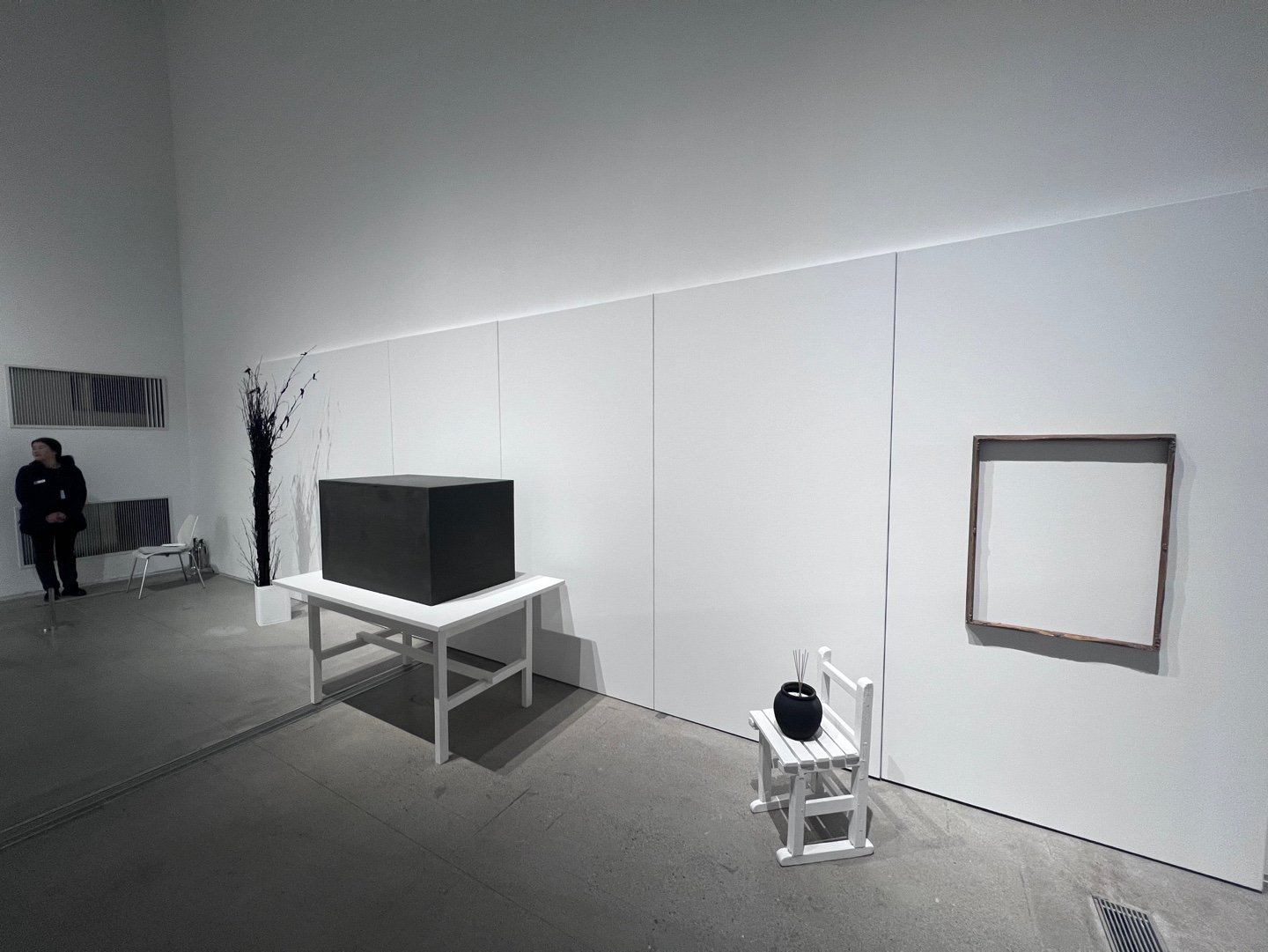
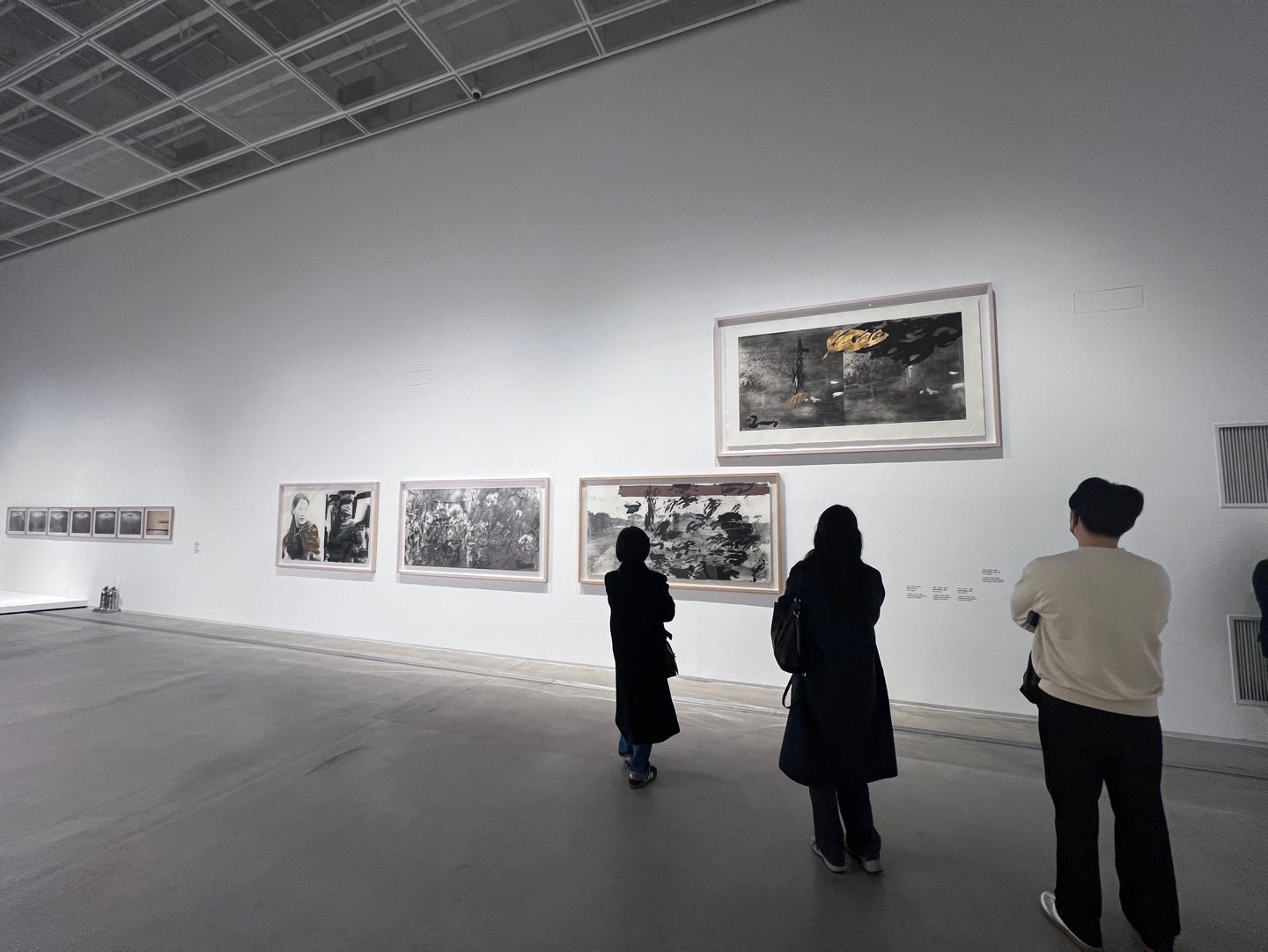
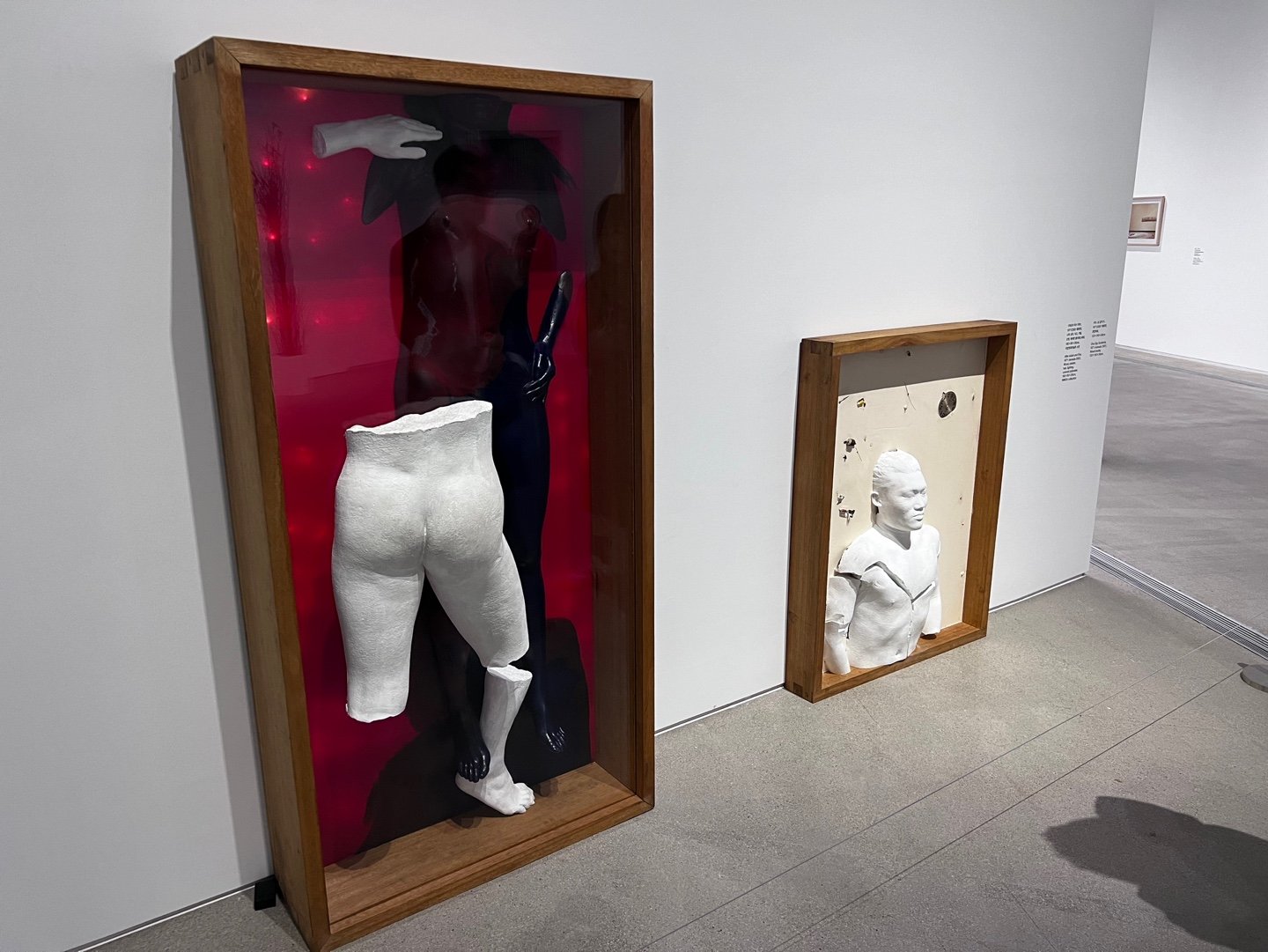


Another highlight of this exhibition was Lee Kang-so’s earlier works from the 1970s. Surprisingly, these aren’t very widely known, but they're incredibly innovative. He was definitely pushing boundaries even then. In one of his iconic early works, he staged an entire mock funeral for "outdated modern art," challenging traditional artistic norms with humor and a hint of rebellion. Another piece involved turning a gallery into a makeshift bar, completely dissolving the boundary between daily life and art. These early projects were bold, playful, and just a little rebellious—exactly my cup of tea.
A Smaller Exhibition, But Big Impact
Overall, the exhibition wasn't huge, but it didn't need to be. It was thoughtfully curated, each piece chosen to clearly highlight Lee’s artistic philosophy—art is personal, subjective, and open-ended. Lee's intention was obvious without being forced, making the experience both accessible and inspiring.
Would I recommend it? Definitely, especially if you enjoy art that invites you to form your own meaning rather than telling you what to feel. Lee Kang-so’s work is proof that sometimes, less is truly more.
Stay tuned—I’ll be sharing more art adventures soon!
Pt.3 Art Crawl in Itaewon: Lehmann Maupin & 'Sublime Simulacra'


Wrapping up my art-filled day in Itaewon, I headed to Lehmann Maupin to catch the group exhibition Sublime Simulacra. This showcase featured works by Scott Kahn, Kim Yun Shin, Kim Chang Euk, and Hong Soun. Here's a rundown of my thoughts:


Scott Kahn: Nature's Serenity
Scott Kahn's landscape paintings were a breath of fresh air. His portrayal of trees, ponds, and rivers resonated deeply, perhaps because these elements hold a special place in Korean culture. The scenes felt both familiar and tranquil, inviting a sense of peace. Additionally, his tile works were a delightful surprise, evoking memories of my trip to Spain with their intricate patterns and vibrant colors.
Kim Yun Shin: Nature's Essence
Kim Yun Shin's paintings transported me straight into the heart of nature. Her use of color and form vividly captured the essence of forests and greenery, almost allowing me to smell the fresh scent of trees. However, her sculptures didn't quite hit the mark for me. They resembled colored, chopped-off trees, which might be intentional, but they didn't resonate with me as her paintings did.
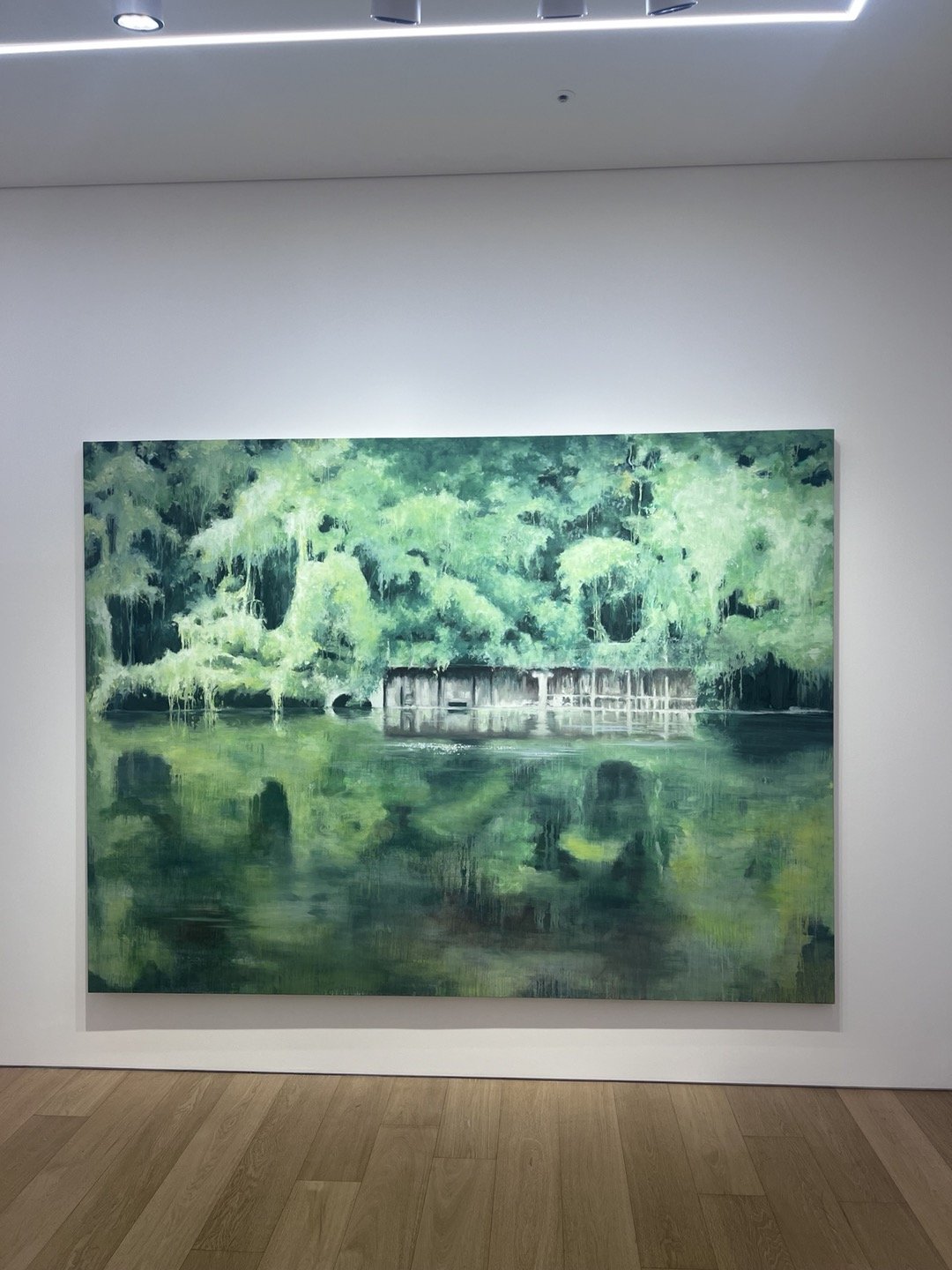

Kim Chang Euk and Hong Soun: Technical Proficiency
The other artists, Kim Chang Euk and Hong Soun, showcased commendable technique in their works. While I could appreciate their skill and craftsmanship, I didn't feel a strong emotional connection to their pieces.
(PS/ I forgot to take photos of Kim’s works 😂🙂↔️🫠)
Final Thoughts
Lehmann Maupin's Sublime Simulacra offered a diverse range of artworks, each evoking different emotions and reflections. Scott Kahn and Kim Yun Shin's pieces stood out to me, each in their unique way, making this exhibition a memorable conclusion to my Itaewon art crawl.
Pt.2 Art Crawl in Itaewon: Foundry Gallery & Ulrike Theusner
After wrapping up my visit to Pace Seoul, I made my way to Foundry Gallery for the next stop on my Itaewon art crawl. This time, I was met with something that immediately caught my attention—an exhibition by Ulrike Theusner. And let me tell you, this one was a standout.

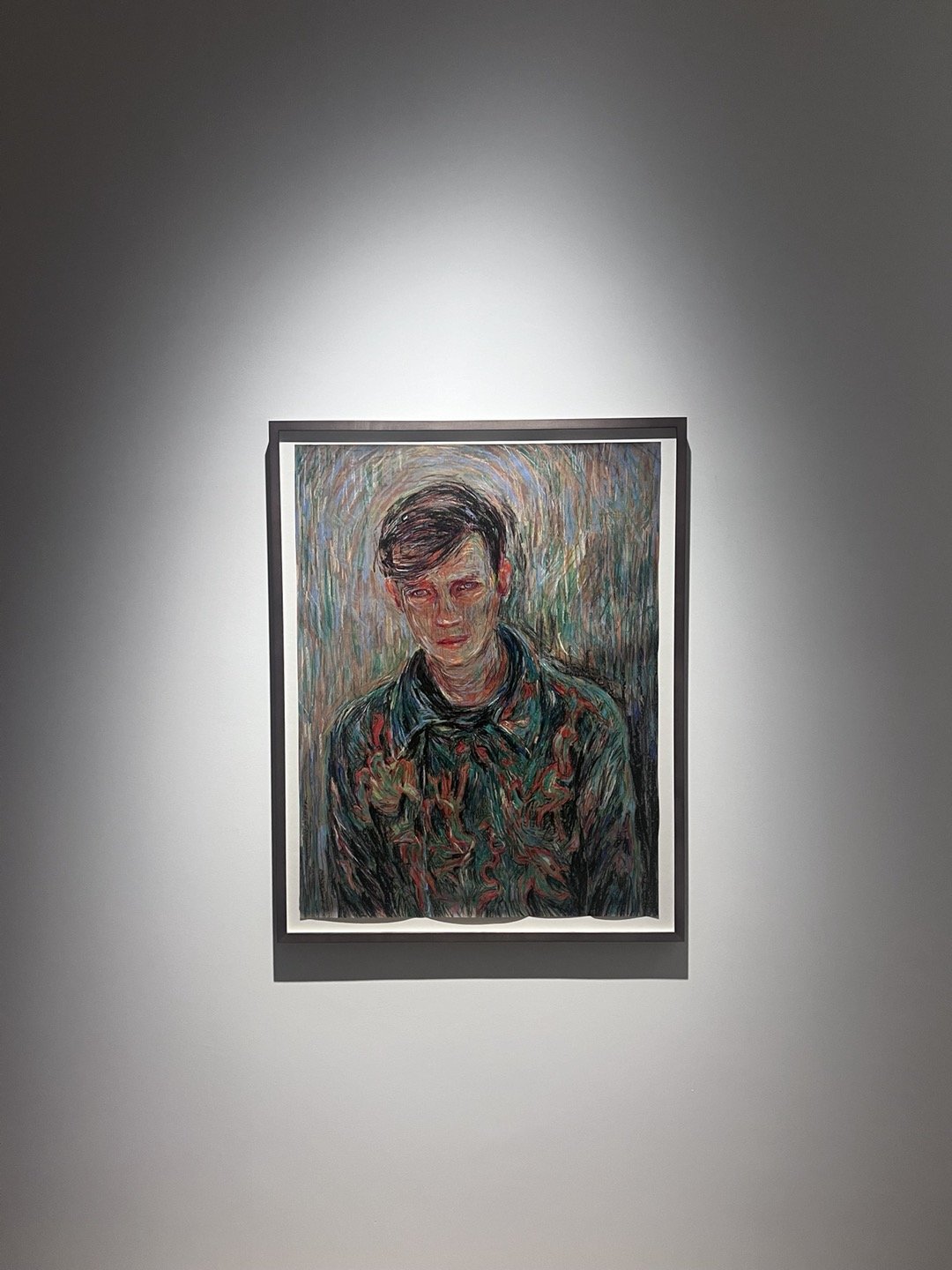

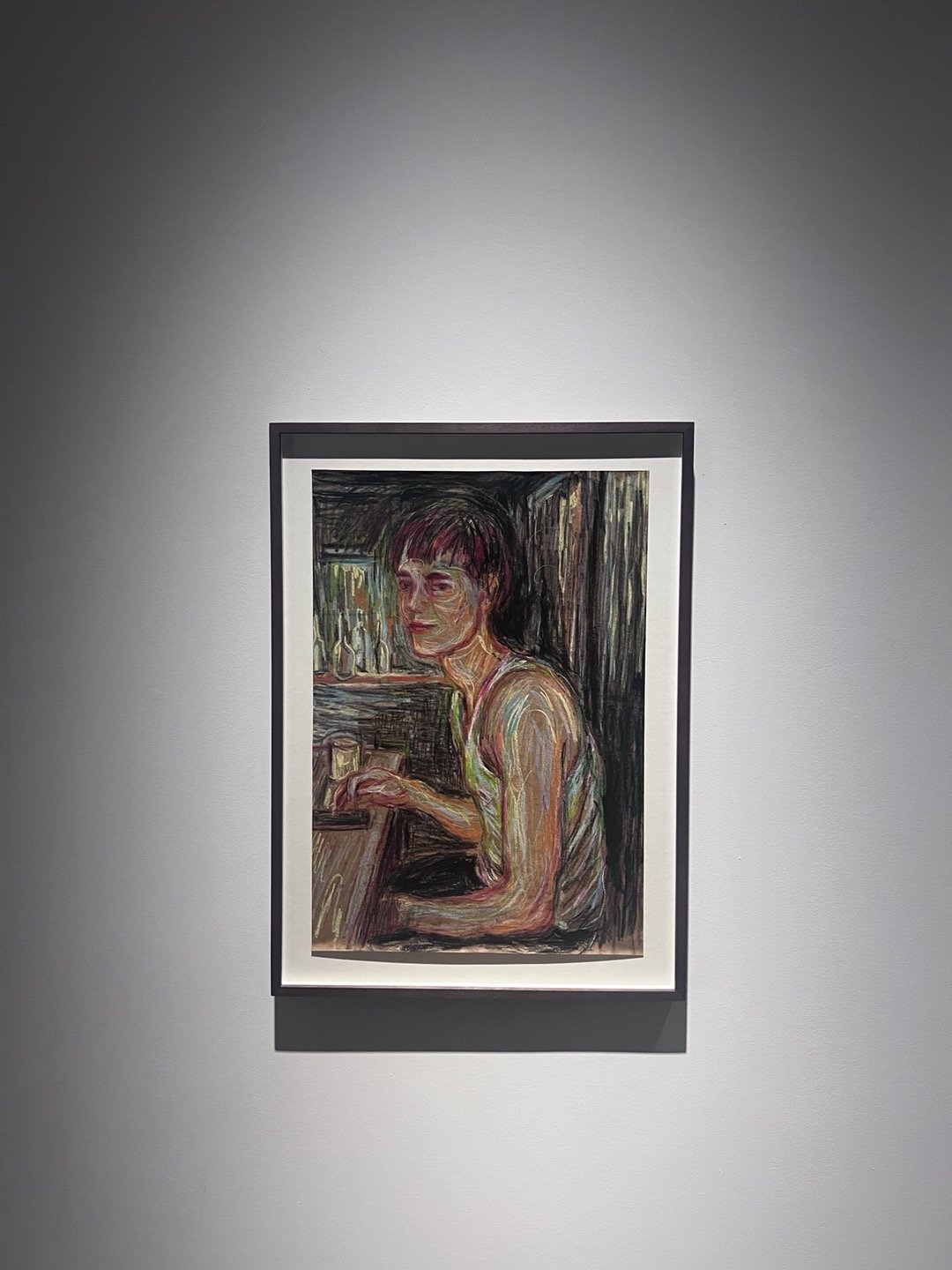
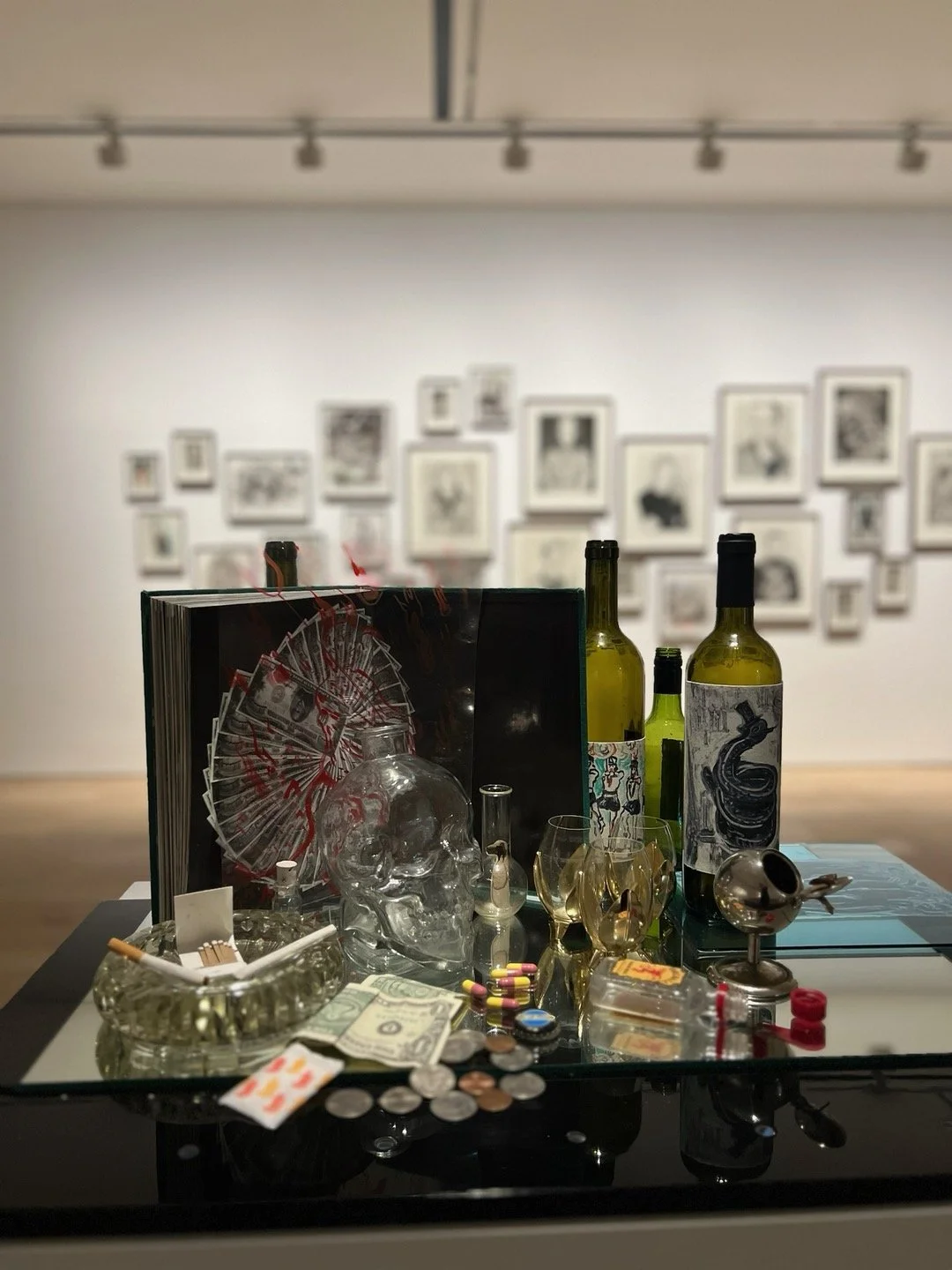
Gothic Drama with a Twist
Theusner’s work has that gothic, almost eerie quality, but instead of being dark and brooding in the traditional sense, it bursts with color. It’s like she took the intensity of gothic art and injected it with an electric vibrancy, making the emotions in the paintings even more striking. The contrast between the haunting themes and bold colors felt unexpected yet completely intentional—like something unsettling but impossible to look away from.
The Faces That Stare Back
What really pulled me in, though, were the portraits. There’s a raw, almost theatrical quality to them. The faces—stretched, distorted, sometimes almost grotesque—are filled with emotion. You don’t just look at them; they look back at you, and not in a passive way. Some felt melancholic, some anxious, some just downright unhinged. It’s that kind of art that doesn’t need an explanation—you feel it before you even try to understand it.
Final Thoughts
This was easily my favorite stop of the day. Unlike my visit to Pace, where I struggled to connect with the works, Theusner’s art hit immediately. It had mood, it had energy, and it had just the right balance of darkness and vibrancy to make it both unsettling and captivating. If you’re into gothic aesthetics but like a bit of unpredictability, this exhibition is absolutely worth checking out.
With that, it was time for the last stop—Lehmann Maupin. Stay tuned.
Pt 1. Art Crawl in Itaewon: A Subjective Take
Last Thursday, I found myself in Itaewon for some shenanigans, with the main events being an art crawl and indulging in some good food. To be honest, my original plan was to head to Myeongdong for some Chinese hotpot and show you all what vegetarians or vegans could enjoy there. But I got a bit lazy, so that plan got scrapped. Don’t worry, though—I'll cover that in my upcoming Veg-log. For now, let’s talk about some art.
I visited three exhibitions, each hosted by galleries of varying sizes. The plan was simple: start at Lehmann Maupin, head to Foundry, and end at Pace—all conveniently lined up on the same street. But since Pace opened earlier than the others, I took a detour, starting there and working my way to Foundry, then Lehmann Maupin. Thankfully, they were all within walking distance.
First Stop: Pace Seoul
Pace was hosting two exhibitions: one by Kenneth Noland and another by Sam Gilliam. Now, let me be upfront—I approach art in the most subjective way possible. I don’t always research an artist before seeing their work. For me, the real magic of art is in the first, raw reaction, before diving into explanations or artistic intent. So, here’s my take.
Kenneth Noland
Noland’s work played with geometric forms, color fields, and layering. The textures were interesting, and I could appreciate the precision behind them, but to me, it felt familiar—like something I’d seen before in countless modern art exhibitions. I know Noland is highly regarded, and being represented by Pace is no small feat, but personally, it didn’t grab me. It was one of those moments where I thought, Okay, cool… but what else? So, I didn’t feel compelled to dig deeper into his background.
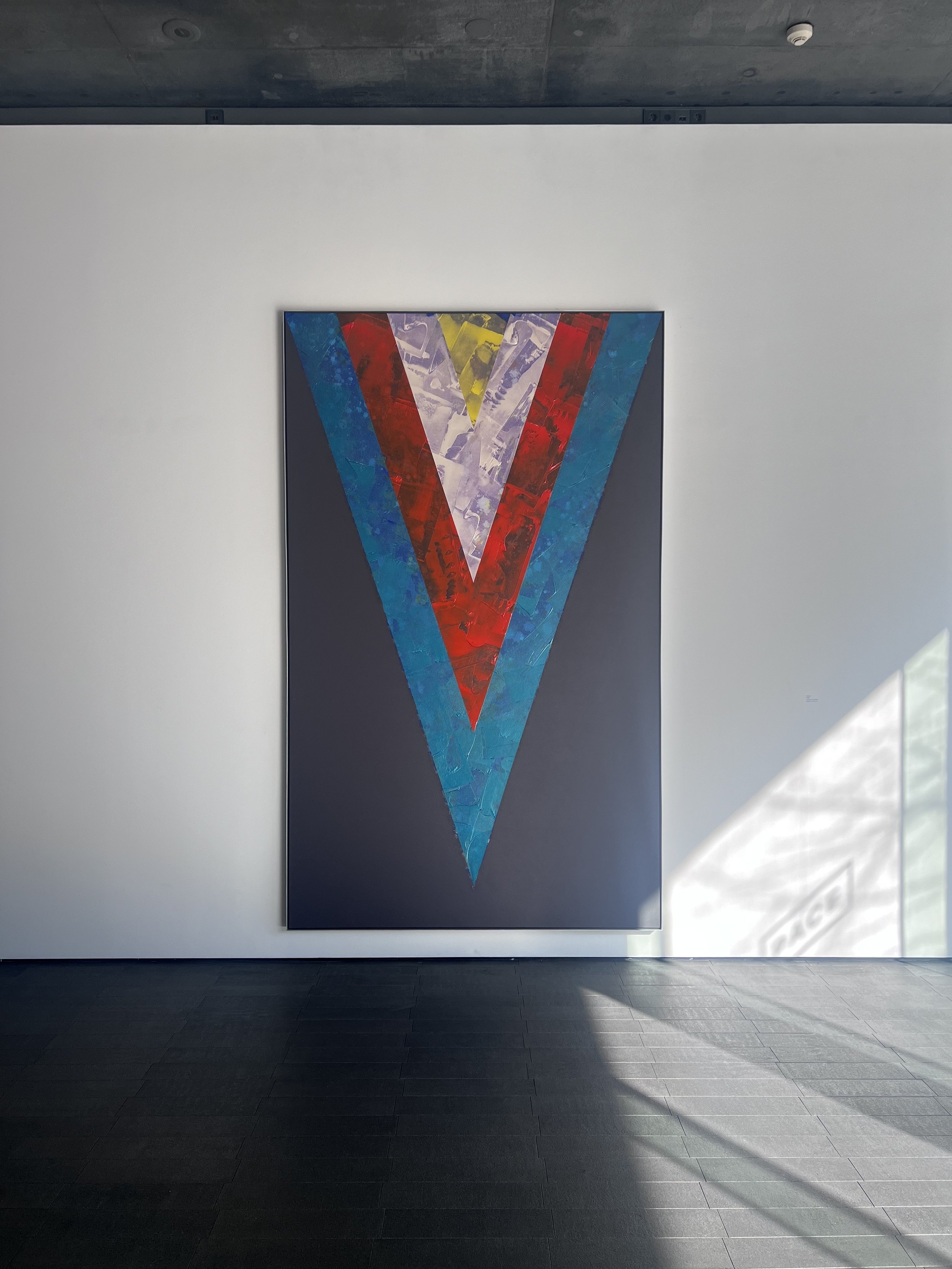
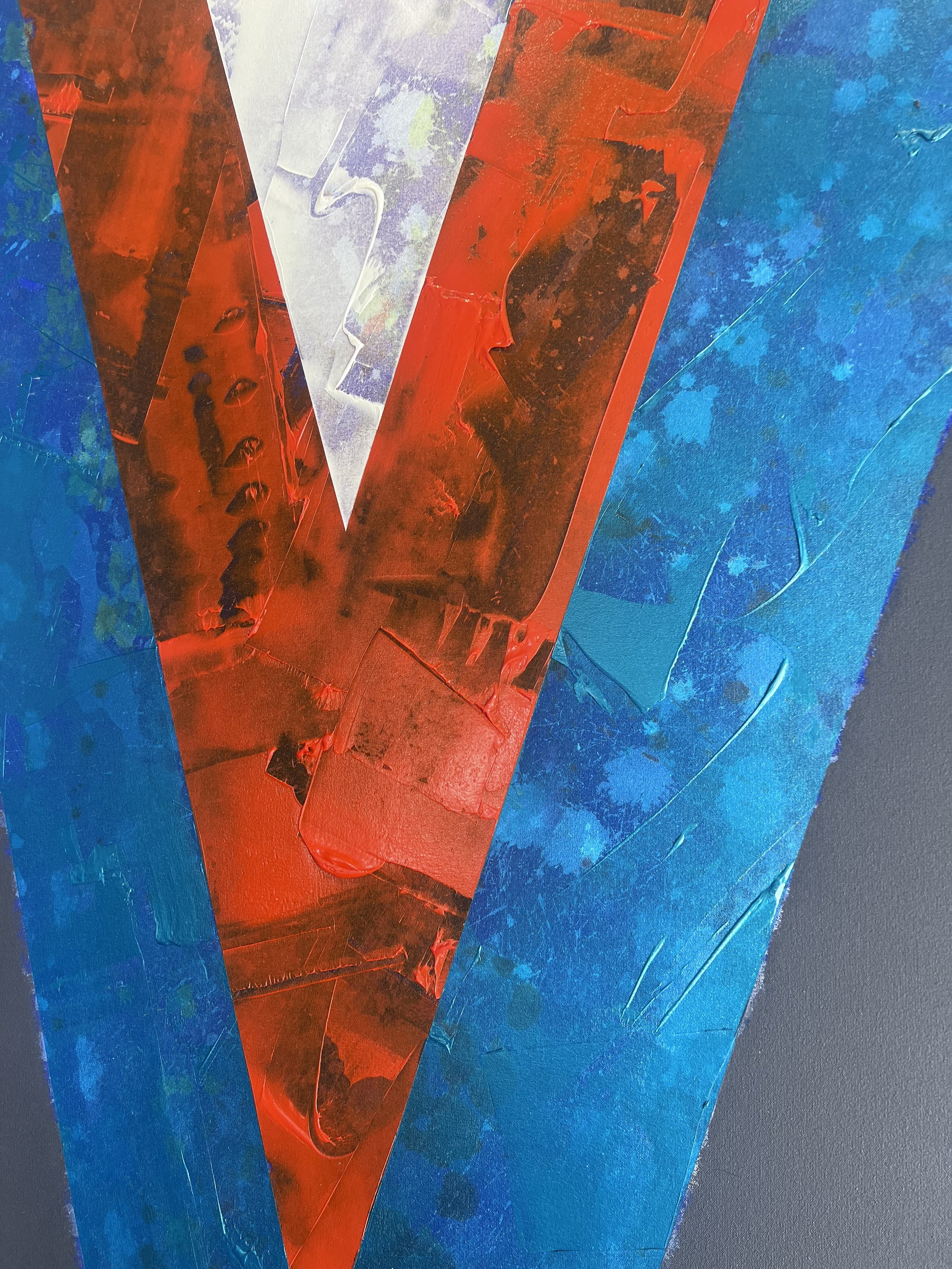




Sam Gilliam
Next up, Sam Gilliam. At first glance, his work reminded me of tie-dye—fluid, colorful, and organic. There was an undeniable energy in the way the colors blended and flowed, but I struggled to feel a strong emotional or conceptual pull. I’m sure there’s a deeper philosophy behind it (there always is), but it didn’t intrigue me enough to explore further. Then, I spotted the price tags—some pieces well over a million dollars. And that’s when I had a moment. Could I just throw some paint around, make up a concept, and call it a day? Of course, there’s more to it than that—Gilliam has a long-standing influence in abstract expressionism, and his process is an evolution of color field painting. But my initial gut reaction was skepticism.
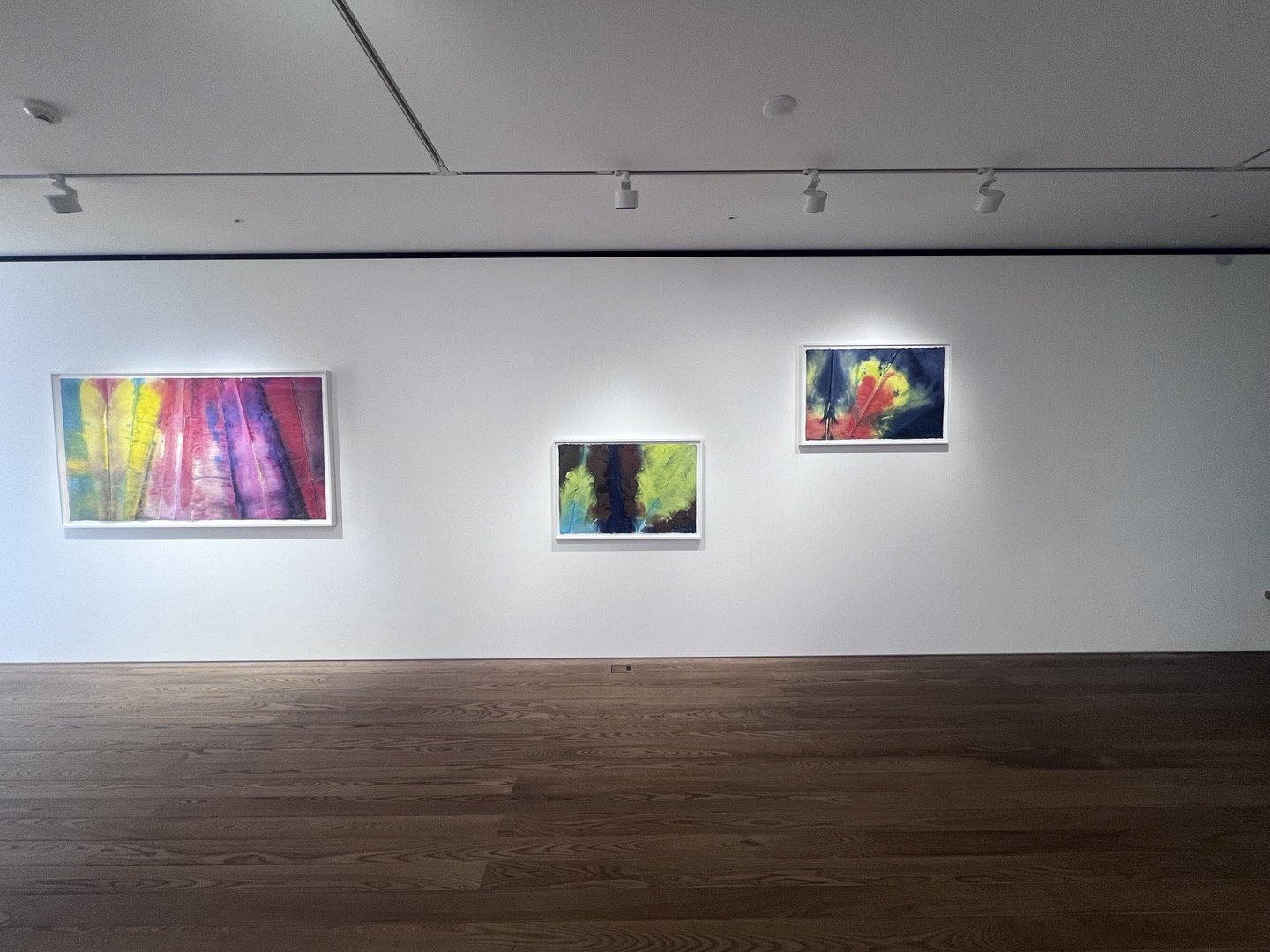


Final Thoughts
Art is subjective. What moves one person might leave another indifferent. In this case, Noland’s precision and Gilliam’s expressive colors didn’t resonate with me the way I’d hoped. But that’s the beauty of visiting exhibitions—you never know what will spark something in you. Some pieces stay with you long after you’ve left, while others fade from memory the moment you walk out the door. Either way, the experience is always worth it.
Would I recommend checking these out? If you're into abstract expressionism or color field painting, sure. But if you're looking for something groundbreaking or emotionally gripping, you might walk away feeling like I did—appreciative but unmoved.
Next stop: Foundry and Lehmann Maupin. Stay tuned.









